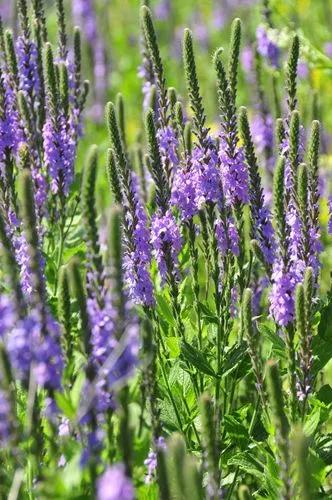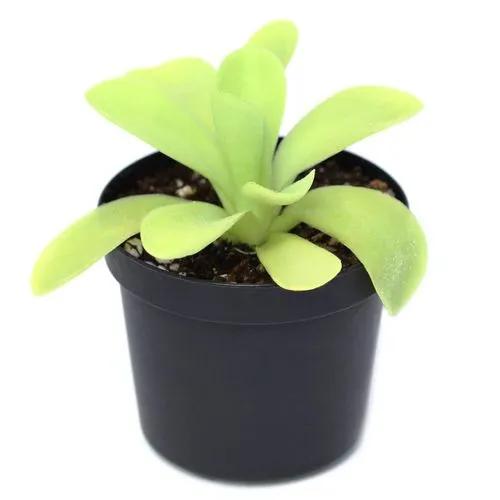Platycodon grandiflorus is a herbaceous flowering perennial plant native to East Asia that usually grows in mountainous areas and fields. This plant is also known as the "balloon flower" because its unopened flowers resemble balloons.
Platycodon Care
Platycodon grandiflorus



Platycodon grandiflorus is the only member of its genus, with dark green leaves and blue flowers, although there are varieties with purple, pink, and white petals. The latter is most often found in Korea.
This plant has a strong rhizome and thin, very fragile stems with a bluish tint. After the flowers bloom, they resemble small lanterns up to 6 cm (0.1 ft) in diameter. Platycodon blooms from mid-summer and can do so for more than 20 days.
How to Care for the Plant

Water

The plant needs to be watered often, especially after planting. In the first weeks, maintain a high rate of watering. When the roots grow, the frequency of watering can be reduced.

Pruning

Platycodon does not need pruning or additional care.

Fertilizer

If the soil is of good quality and full of nutrients, there is no need to fertilize.

Sunlight

A minimum of 6 hours of sunlight is recommended in temperate climates. In hot weather, you should reduce the hours so that the plant does not get burned.

Soil

The soil should be well-drained and loamy. Do not use clay soil because the plant may begin to rot due to thick roots and the retention of a large amount of water.

Propagation

Propagation is by seeds and cuttings in summer, spring and autumn.

Temperature

The plant grows well in temperate climates and does not like excessive temperatures of 80˚F (26°C) and above.

Container

There are no restrictions in choosing a pot; the main thing is that the plant is comfortable and free.

Fun fact

In Japan, Platycodon grandiflorus is the emblem of some clans.

Popularity

3,550 people already have this plant 529 people have added this plant to their wishlists
Discover more plants with the list below
Popular articles






